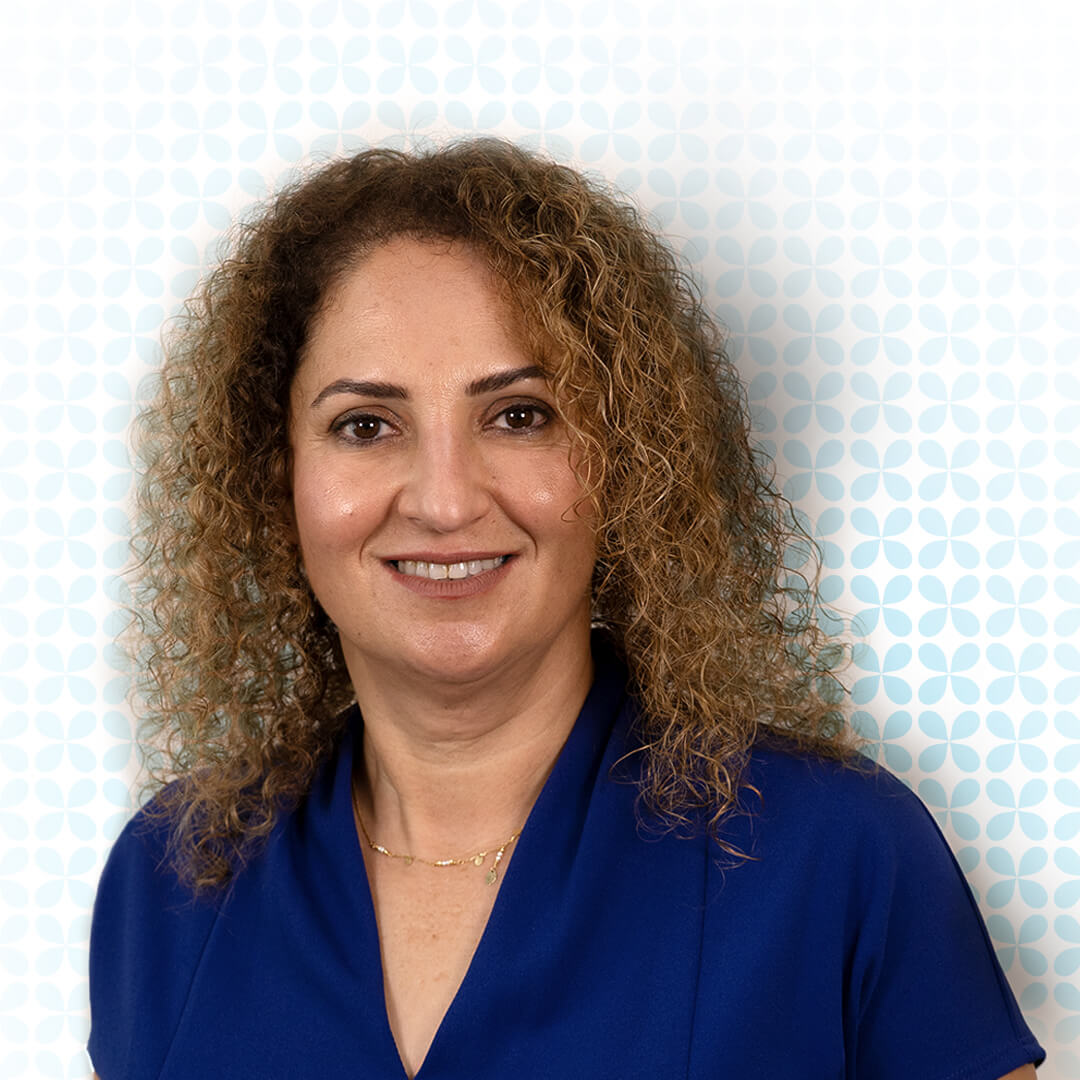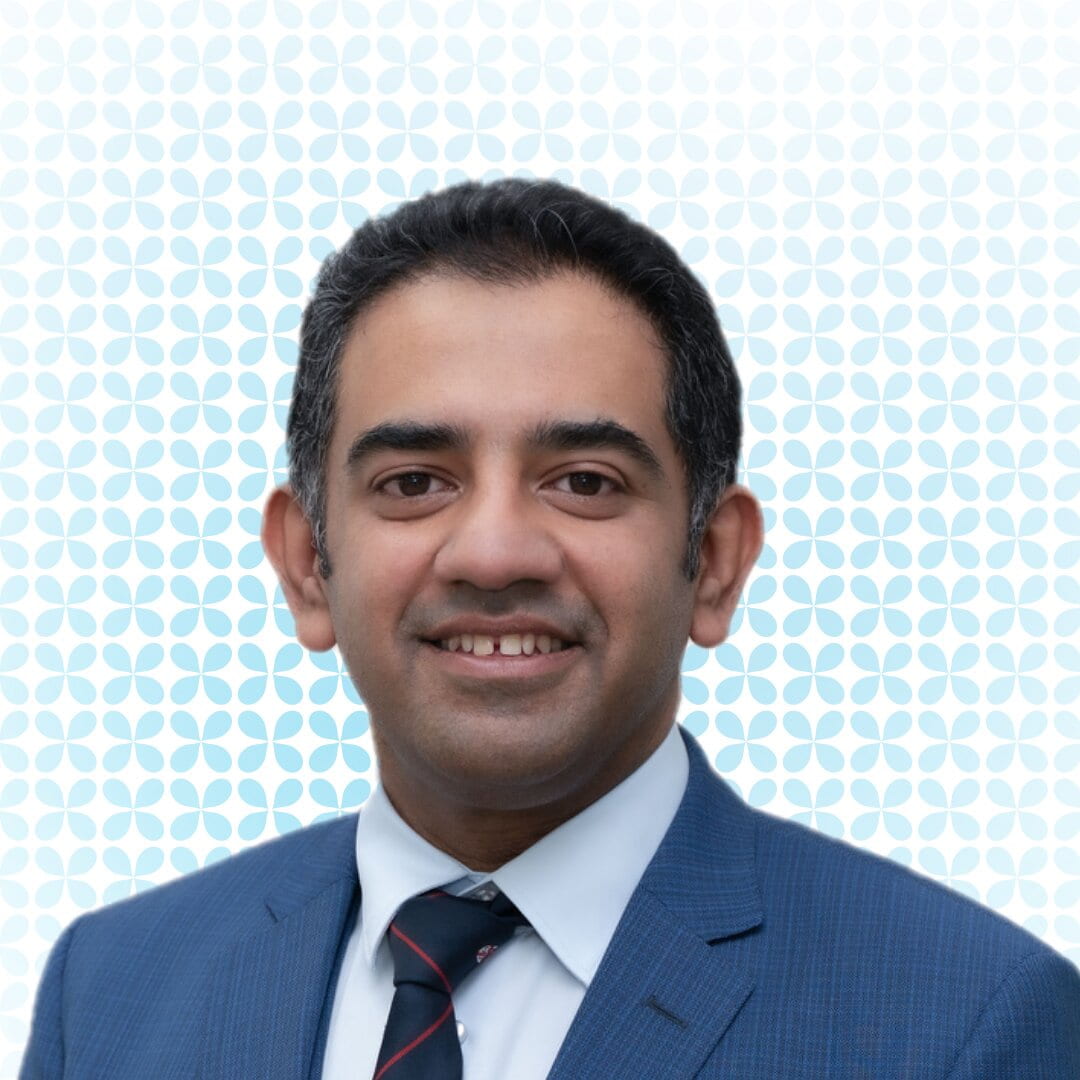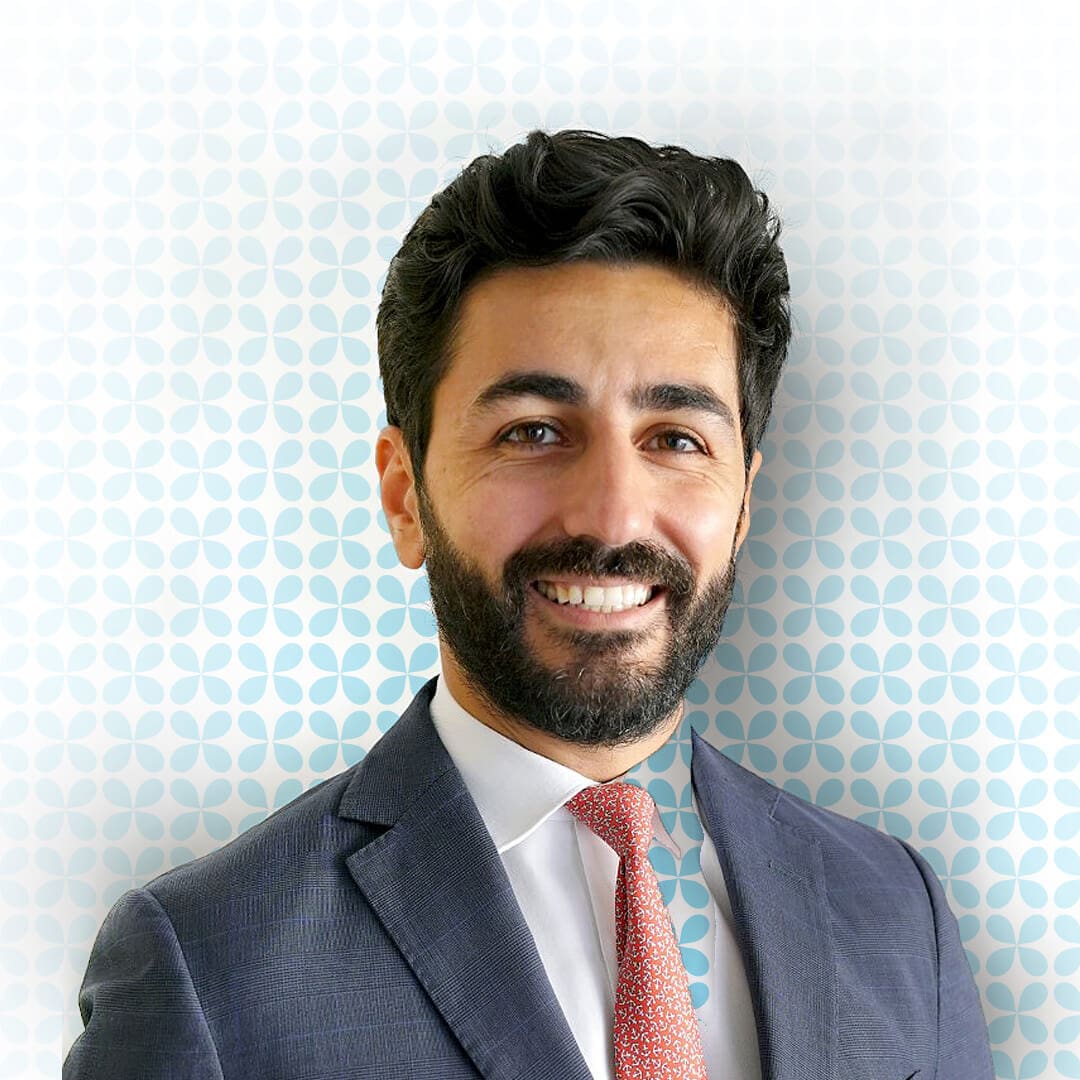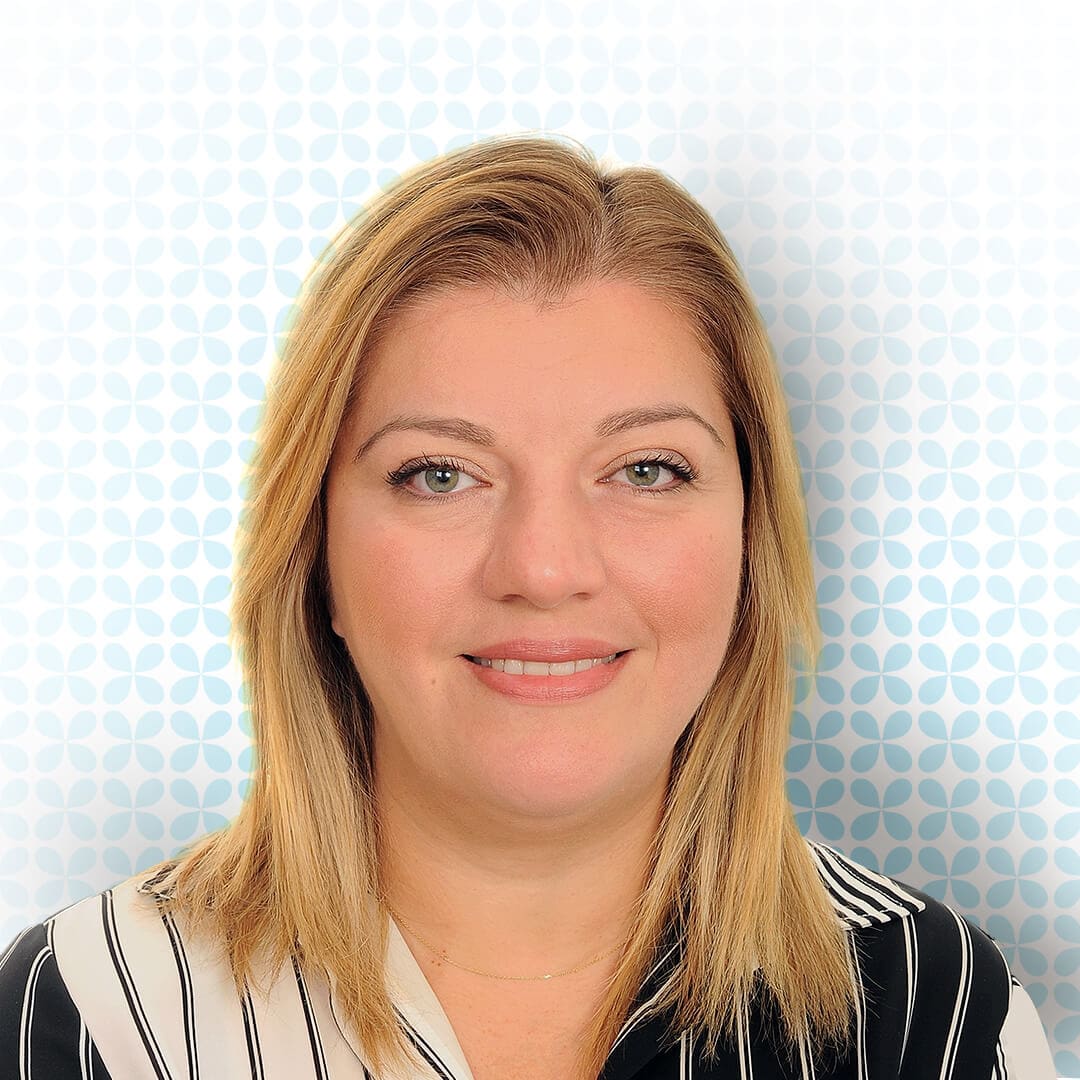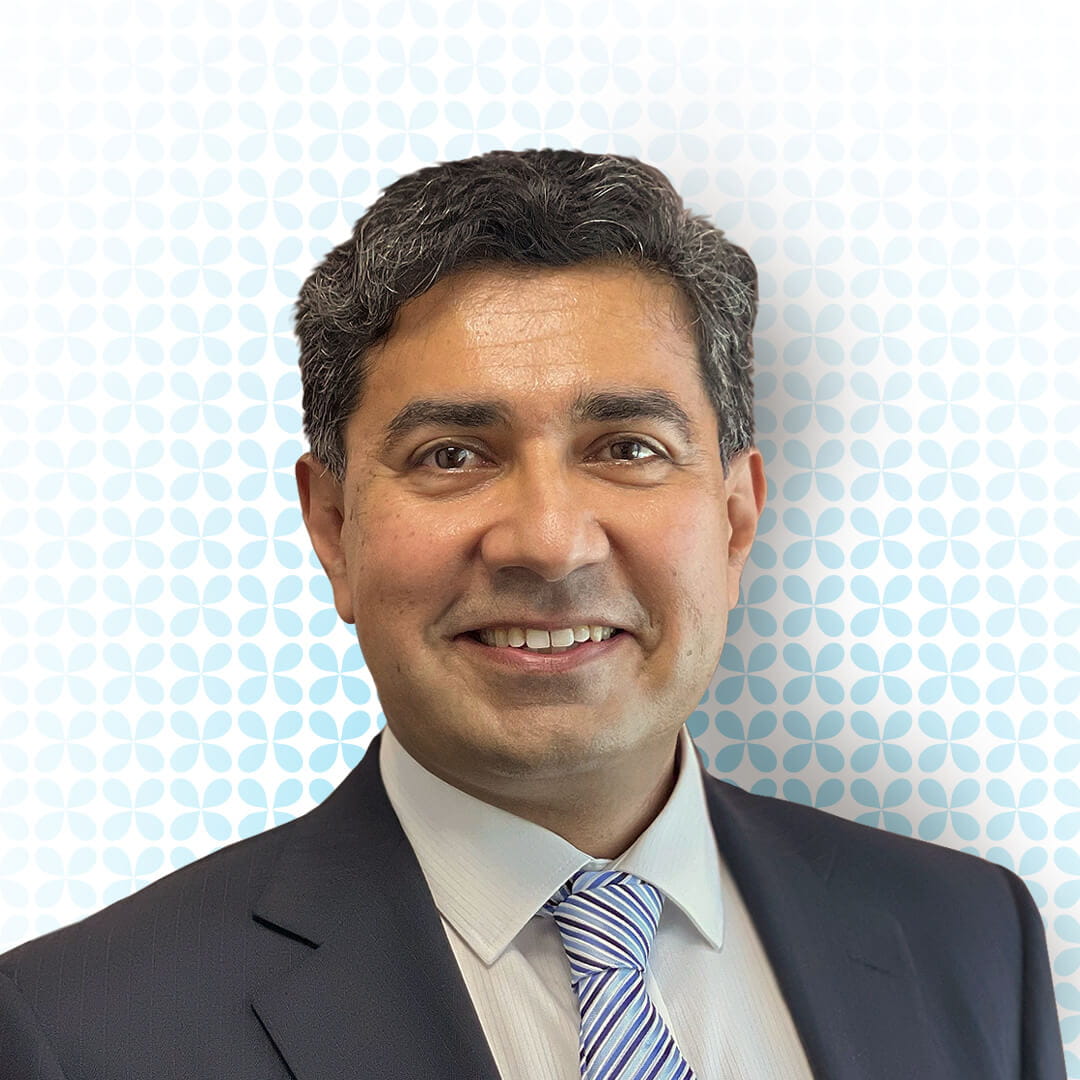About Paediatric Squint (Strabismus)
Squint is a term used within ophthalmology for a misalignment between the two eyes. The medical term for this is ‘strabismus’. While one eye looks straight, a person can have one eye that turns inwards (esotropia), outwards (exotropia), upwards (hypertropia) or downwards (hypotropia). A child may be born with squint or it may be something that develops with age. Squints can appear suddenly or develop slowly, they can be constant or may only be present intermittently.
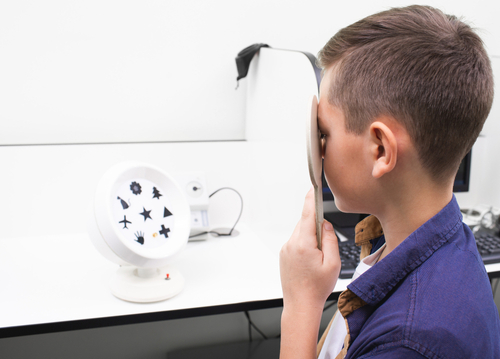
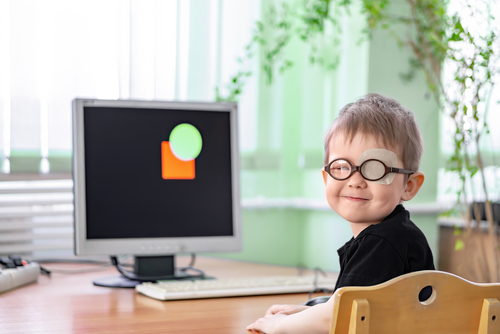
Types of Paediatric Squint (Strabismus)
- Manifest squint: one eye constantly deviates from the direction of the other eye.
- Latent squint: It is the most common. It appears when covering the eye or fatigue or at bedtime.
- Alternating squint: In this type of strabismus, the right and left eye alternate at the same time.
- Paralytic squint: This is more common in the elderly, especially those who suffer from high blood pressure or diabetes or stroke.
- Pseudo-strabismus, which is the result of the development of facial features in infants, especially when there is wide nasal bridge between the eyes.
Causes
There are several causes and associations with squints, which include –
- Need for glasses
- Congenital (early onset) squint
- Anything that obstructs the visual pathway; cataract or droopy lid can be associated with squints
- Trauma
- Squints are commonly associated with some genetic conditions or syndromes, such as Down’s syndrome, developmental delays and in children with cerebral palsy
Implications
Amblyopia
Amblyopia, also known as a ‘lazy eye’, is a childhood condition where a child’s eyesight does not develop in the way it should. If there is a squint in one eye the brain ignores the image in the squinting eye to avoid double vision. In this case the brain relies more heavily on the non-squinting eye, therefore the visual pathway in one eye is not stimulated enough and amblyopia develops.
Cosmetic appearance
Some squints are more noticeable than others and some children may become more aware of their eyes not looking straight than others. Family and friends may also notice the appearance of the eyes. In cases where the squint is noticed by the child or others, we can often look at surgical management or other treatments such as Botox injections. Careful measurements and vision assessments are taken to decide on the treatment plan.
Abnormal ‘binocular’ interaction
A squint may result in the eyes not working together as a pair. This can affect depth perception and normal ‘3D’ vision. In early onset squints, the main aim of early intervention is to align the eyes to given the best possible opportunity for the ability for the eyes to work together as a pair to develop. Patients without this ability may not have ‘3D vision’ (or stereopsis). However, for those with childhood squints, this is not usually a problem as their brain adapts to this situation and they learn to use cues in their environment to help perceive depth.
Examination
In case of suspicion of squint, a thorough examination of the child’s eyes must be carried out by the specialist with an orthoptist to confirm the type of squint and the best treatment for each case.
The examination begins with a detailed medical interview. The child is then examined by the orthoptist to check visual acuity and to diagnose strabismus, type and degree. In case of defective vision or squint, eye drops will be instilled to expand the pupil and relax the ciliary muscles. Only in this way, the entire retina can be examined and the refractive error diagnosed and its degree, if any.
Glasses
Some squints, usually inward turning squints, can be associated with ‘refractive error’ (need for glasses); often moderate degrees of hypermetropia (long-sightedness). You may notice the squint appears randomly and may be more noticeable when the child looks at things up close. In some children, glasses correct the squint fully. In other cases, there is an improvement in the size of the squint with the glasses on. With this type of squint, it is very normal for the squint to look more obvious when the glasses are removed, as the child tries to over focus and obtain a clear image. Some squints may not be affected by glasses. Given this potential for correction with glasses, in all squints, we start by checking if glasses are needed, then monitoring if glasses change the alignment of the eyes.
Active Monitoring
Some squints may not be constant. You may notice a squint when the child is very tired, in bright sunlight and or when they are unwell. In these cases we work closely with you to determine how often the squint is noticed. We observe how your child is able to control their eyes and keep them straight. We often monitor your child, ensuring things are stable. If the squint worsens to the point that it is noticed more often, we may then discuss further treatment.
Surgery
In cases of congenital (early onset) squints, we often aim to operate early. This is to give the child the best possible chance to develop binocular functions. In some cases, there is also the option of Botox injections to the eye muscles.
In children who have a squint that does not straighten fully with glasses, and has a significant measurement, we may discuss surgery. Surgery is normally a day case and is performed under general anesthesia so the child is asleep for the operation. It is performed on the muscles that attach to the eye to strengthen, weaken or reposition these muscles, to gain a straighter eye position postoperatively.
Request an Appointment

